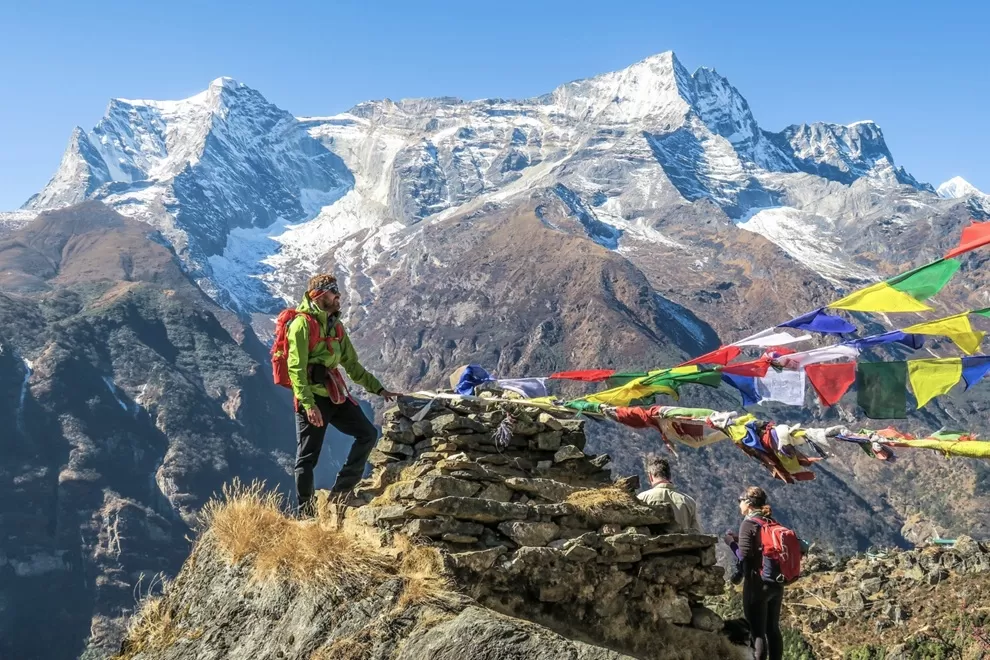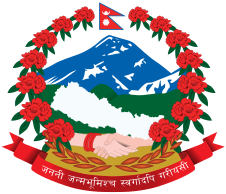Planning Trek to Everest basecamp know before start

Plan your trek to Everest Base Camp before starting from Kathmandu. The Everest Base Camp is the foundation for the expedition of Mt. Everest (8848 m/29029 ft.) and Mt. Lhotse (8414 m/27605 ft.). After the Great Trigonometric Survey of India determined Mt Everest as the tallest peak on earth in 1852 then after people started getting curious about this mountain. There are two sites where we can set up the base camp. One is at the Tibetan side at the altitude of 5250 M/17220 Ft and the famous one is at the Nepalese side at the altitude of 5365 M/17594 Ft. Here we are talking about the Nepalese side base camp. Since the beginning of successful climbing history in 1953, more than 5000 people have already stepped over the summit of Mt. Everest. Everest Base Camp is located over the icy Khumbu Glacier just at the foot of Khumbu Icefall. The expedition exercise starts here at Everest Base Camp.
To reach Everest Base Camp, we have to go all the way to Everest Base Camp by trekking, which can start at Lukla, taking 40 40-minute flight from Kathmandu through the Himalaya. Another easy option to visit Everest Base Camp is to take a helicopter. For the expedition of Everest, springtime is the best time, so most of the climbers scale the summit in April/May, whereas very few climbers dare to scale it in the autumn in October/November, which is not very convenient; thus, the climbers prefer spring for their expedition. It’s not necessary to be a climber just to visit Everest Base Camp. We can go trekking to Everest Base Camp and the Khumbu region, where Sherpa people are the only inhabitants of the region. Sherpa people are famous for being adapted to high altitudes and the arctic climatic zone; thus, most of the crew in the Everest expedition team are Sherpas.
The Everest Base Camp trek comes with a bunch of charming highlights that add more features to your journey, which takes a minimum of 12 days. Trekking in the Khumbu region, exploring the Sherpa land, playing hide-and-seek with yak & yeti, and gazing on the world's tallest mountain could be the adventure of a lifetime.
The best time for visiting Everest Base Camp is in autumn (September/October/November) or in spring (March/April/May), whereas winter used to be very chilly and full of snow & ice on the trail surface, and summer is monsoon season in Nepal, so mostly the mountains are covered with clouds and the trail usually becomes greasy and slippery, and there is big chance of landslides. Bugs and insects are widely found during summer, and unscheduled flights are a common problem.
Before you set off to the Everest base camp trek, you have to prepare yourself physically, mentally, and technically.
Planning Trek to Everest Basecamp: Things to Know Before You Start
Planning a trek to Everest Base Camp means that you have to do some preparation and homework before you start your adventure. The renowned trek to the base of the highest mountain in the world is a 14-day journey (at least, depending on how you view this). It requires good planning to even be successful on this foundational trek, much less remain safe during the entire adventure.
Essential planning stages:
Physical Preparation: Start the process of training 3-4 months before your departure. You want to be physically fit/ready for the challenge of this trek. The more training chances you give your body, the better acclimatization you should have, but it also requires having good cardiovascular fitness, leg strength, and endurance for paperwork hiking. You should find yourself regularly climbing stairs and having long walks with a backpack to get your body ready for the trek.
Permits and documentation: You will need a TIMS card and permits to access Sagarmatha National Park. Ensure that your passport has 6 months or more for your validity date and arrange your Nepal visa before you arrive.
Ideal timing: The best time would be during the spring season (March-May) or the autumn season (September-November). These two seasons are usually when temperatures are mild, stable weather is more likely, and views of the mountains are clearer.
Gear Checklist: Choosing quality trekking boots, warm layers, a good sleeping bag rated to -15°C, and quality rain gear is extremely important. You will want to pick your gear, surely, but don't skimp on the essentials.
Budget: Expect to spend between $1,200 and $2,500 per person. (Flights, permits, guides, accommodations, food, and emergency funds for if the weather kept us stalled on the trek, etc.)
Altitude: Needs acclimatization to manage the altitude at 5,364 m at Everest base camp. You need to be careful about your ascent and rest days, etc.
Accommodations: Teahouse lodges should be booked in advance in high season. Most private rooms will fill rapidly, especially in Namche Bazaar and Tengboche.
If you are planning a trek to Everest Base Camp, knowing in advance that you will have the best chance of having an unforgettable and safe adventure in the Himalayas.


.png)
.png)






